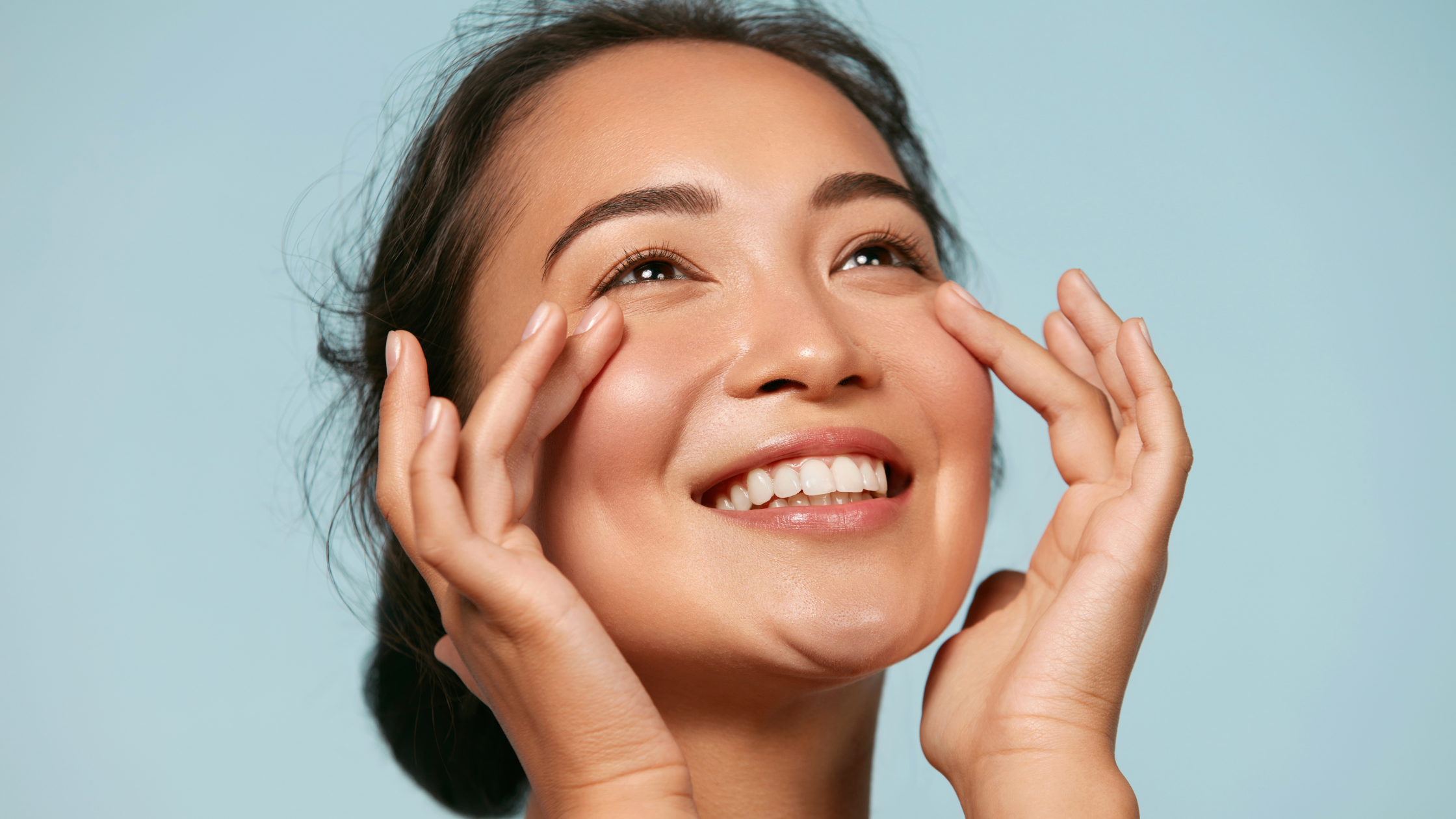What is your skin type? Knowing the answer to this important question can help you pick the right products and cleansing routines, and take better care of your skin.
Your skin type can be determined by an assortment of skin characteristics. These include the water content which influences skin elasticity, the lipid or oil content which influences skin softness, and sensitivity level which influences reactivity and tolerance to substances like certain types of soaps or clothing materials.
Knowing these characteristics, it's easier to determine your skin type. Follow these easy steps:
1. Remove your make-up then cleanse your face with a gentle, toxin-free cleanser. This cleans away oils and dirt that may have accumulated during your day, giving your skin a fresh start.
2. Wait about an hour for your skin should to return to its natural state. Act as you normally would while waiting and keep in mind NEVER to touch your face.
3. Dab your face with a tissue or a blotting paper. Pay attention to the “T-zone”—the area of your forehead, nose, and chin.
4. Check the oils absorbed by the blotting paper or tissue. For oily skin, the blotting paper has an excessive amount of oil in most areas of your skin. For combination skin, some of the areas on your face have excessive oil but other areas feel tight and don't have oil on them at all. For normal skin, the blotting paper has, more or less, an average amount of oil in all areas. For dry/sensitive skin, the blotting paper has little, or close to nothing oil on it.
5. Once you determine your skin type based on this test, take a closer look at the attributes of your specific skin type.
Oily Skin
Oily skin is shiny skin, especially in the T-zone. You may have enlarged pores and may be prone to blackheads and breakouts due to overproduction of the sebaceous (oil-producing) glands. Oily skin ages better because the oils keep the skin plump and this allows fewer wrinkles to form.
Dry Skin
Dry skin feels tight and poreless, especially after cleansing. With dry skin, you will have a tendency toward fine wrinkles, flaking, and red patches.
Combination/Normal Skin
Most women have a combination or "normal" skin. This means you may have a slightly oily T-zone with drier cheeks and patches of dry spots here and there. You may also have larger pores on your cheeks and possibly your forehead. This skin type has medium pores, a smooth and even texture, good circulation, and a healthy color.
Sensitive Skin
Sensitive skin tends to be thin and delicate, with fine pores. If you are easily irritated by the sun or certain cosmetic products and are prone to redness, itchy patches, or blotchy skin, you likely have sensitive skin.
Find natural and organic skincare products according to your skin type only at Zafra!



